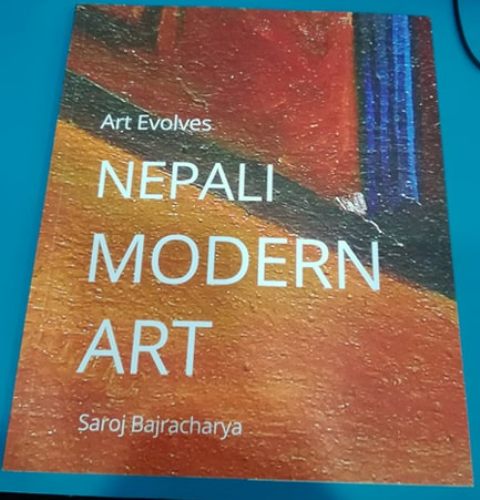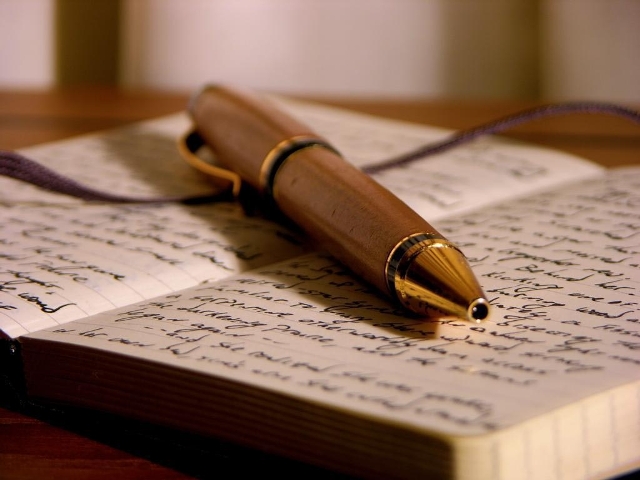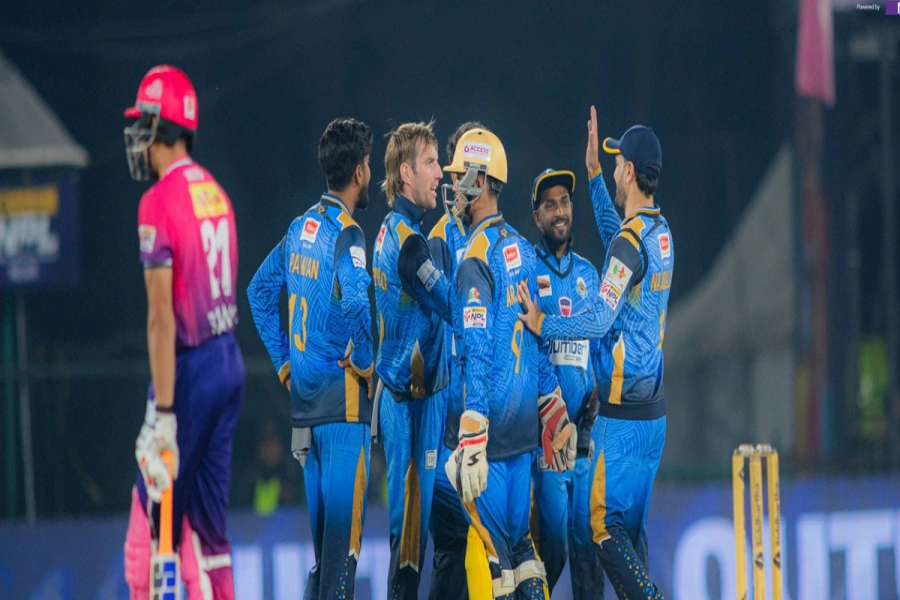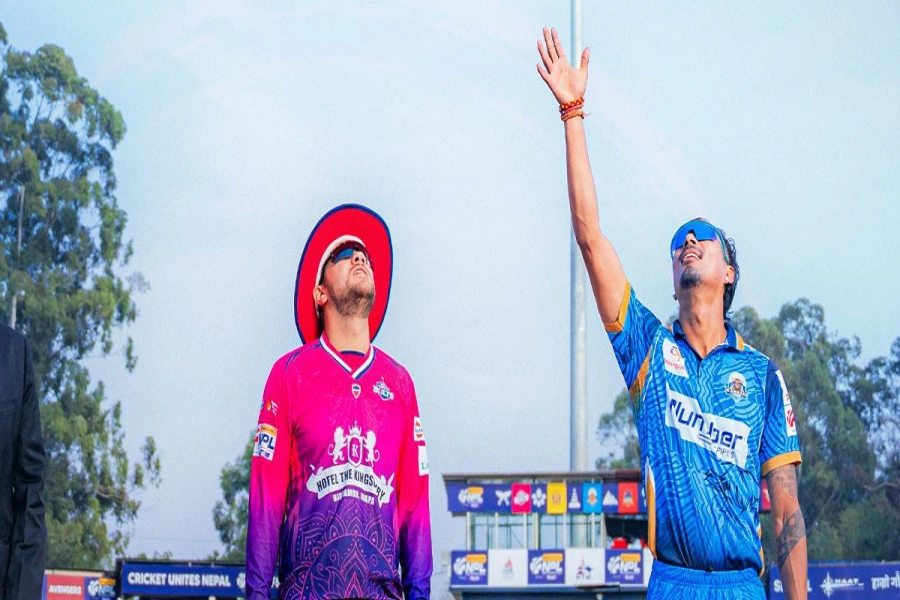The history of writing dates back to times immemorial, long before the invention of conventional writing and reading materials and methods. The ‘letters’, ‘figures,’ ‘pictures’ and ‘shapes’ used by civilizations back then have dutifully served their purpose of verifying, computing, describing, factoring, and on the whole, writing.
One may inquire: How beneficial, intriguing, tedious, or lackluster can a written piece appear to be? Well, that certainly depends upon the subject matter, the writer, and the reader in question. For instance, ask a mathematician to interpret Shakespeare, or a poet to figure out the works of Pythagoras. Needless to say, barring a few, these can’t be considered the wisest of decisions.
However, a literary critic comprehending Heathcliff’s passion, or a physicist coming to terms with the wonders of E=mc2 wouldn’t be a much of a surprise. In fact, it simply confirms that the area of interest determines the familiarity and acceptability of the written material.
Now, let’s move on to creative writing which is somewhat different from criticisms, research works, field reports, or even journalistic writings, for that matter. Nevertheless, it certainly doesn’t mean that the above-mentioned genres are devoid of creativity. It only indicates that they are more methodological, objective, and concrete. To put it in a figurative manner, we can say that creative writing is more of the heart’s job while the rest require a bigger involvement of the head.
Allow me to clear up the fact that creativity can’t be deficient in pragmatism by any means. However, it might be more appropriate to say that creative writing is a figment of the writer’s imagination against the backdrop of reality. The characters might be fictional, but their thoughts, situations, stories, and scenarios are far from pretense. Even in the case of fantasies, one can’t deny the nuances and glimpses of veracity every now and then in between all the miraculous and outrageous doings and happenings. This happens due to the simple reason that the writers as well as the workings of their minds are all the products of society and its day-to-day reality. So, no matter how much they let their imagination rule their works, they can’t simply skip away from the truth that stares at them squarely in the eyes.
Oedipus from Oedipus Rex, Charles Darnay from A Tale of Two Cities, Wang Lung from The Good Earth, Nora from A Doll’s House or even Amir from The Kite Runner all represent a certain period of time that the history of humankind has witnessed. And frankly, though they might not blend themselves completely in all societies and eras, they do, however, have small bits and pieces that manage to squirm their way into the lives of people of all times and places. Therefore, it can be safely stated that customarily it’s people who shape stories, just like individuals form societies.
The art of creative writing can be compared to that of cooking. The more a little bit of everything is the right proportion, the better the dish tastes. Let’s start with preferably high quality ingredients, both fresh and seasonal – drama, romance, humor, satire, suspense, thrill, angst, horror, tragedy, prose, verse – you name it, and add it as per the requirement of the moment.
Now, let’s stir the mixture well, and also, let’s not allow things to go overcooked or undercooked.
Another important aspect of the entire affair is the dressing, garnishing and presentation and commercially speaking, a pinch of gloss and glitz wouldn’t really hurt. Finally, if everything turns out to be as expected, you have
an A-league piece of creative writing ready to be served, followed by three loud cheers and encouraging thumbs up.
The human mind, as we all know, is an unsolved mystery and creative writing is just a way of channeling the flood of thoughts and ideas accumulated via different sources. The harvest that’s thus reaped is an assortment of words that has both the anticipation of being discovered along with the confidence to face the critics, as well the courage to end up in the dark, forlorn corners of forgotten bookshelves with nothing but dust bunnies for company.
Whatever the destinies of the works may call for, the ink doesn’t stop flowing, the pens don’t come to a standstill, and the words never cease to pour out onto the blank sheets of paper. History is created, the present is scrutinized, and the future is predicted, sometimes rightly and at times wrongly. Most importantly, the process of writing continues non-stop, and the art of writing remains as timeless and immortal as ever.
‘Art Evolves: Nepali Modern Art’: Review




-1200x560-1765267769.webp)


































